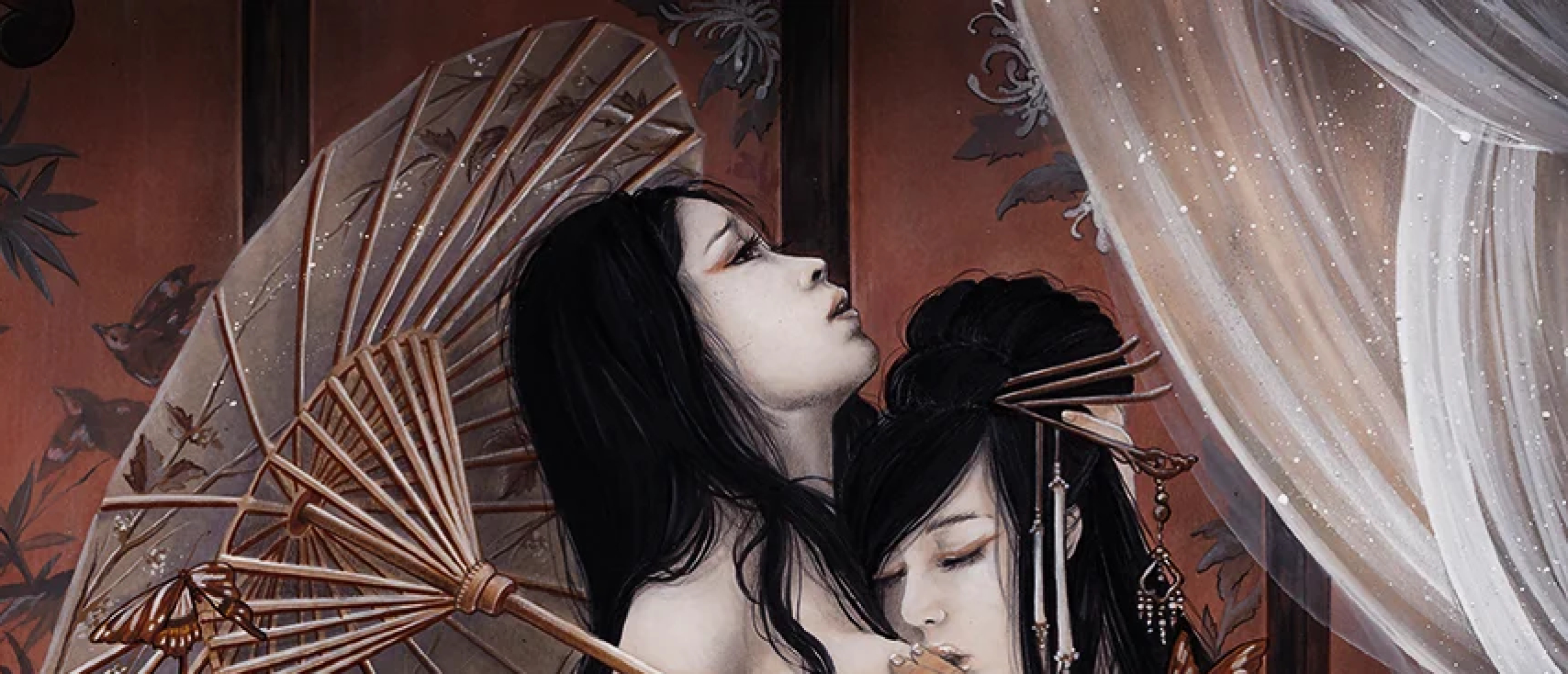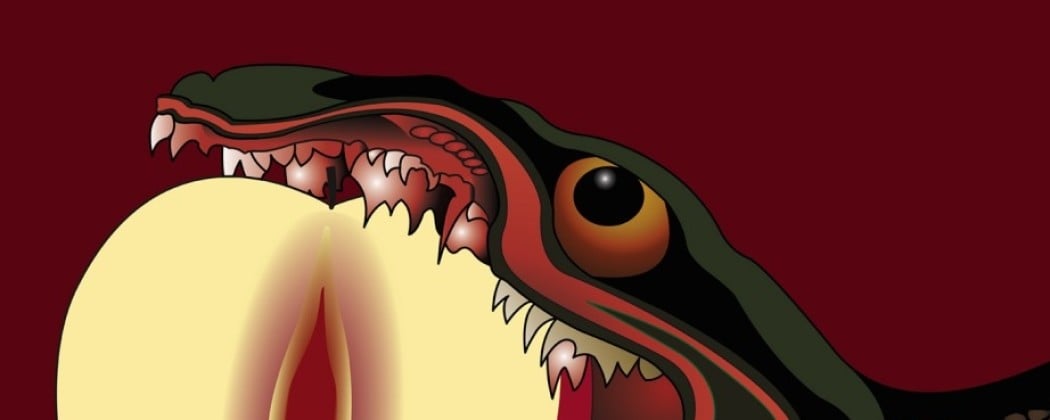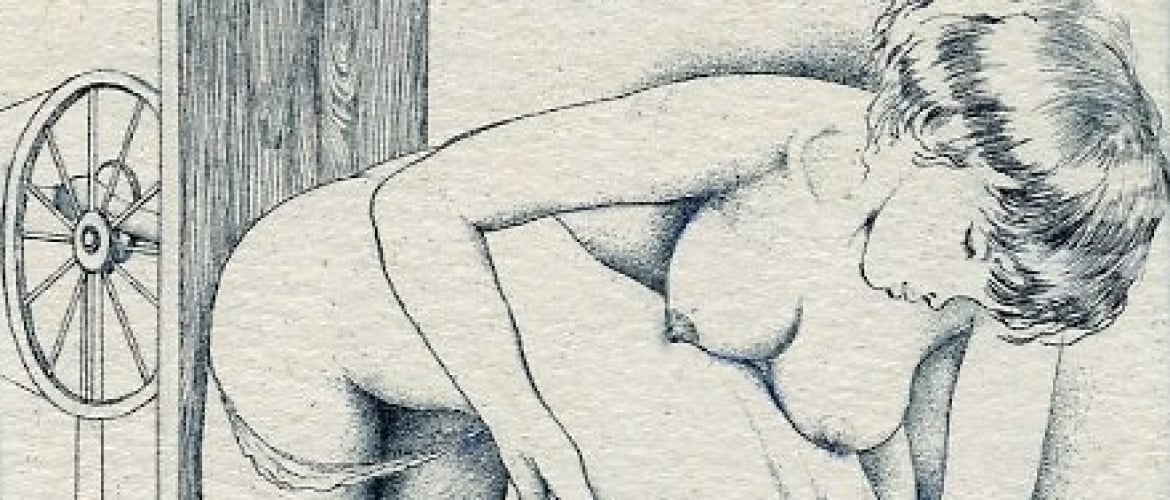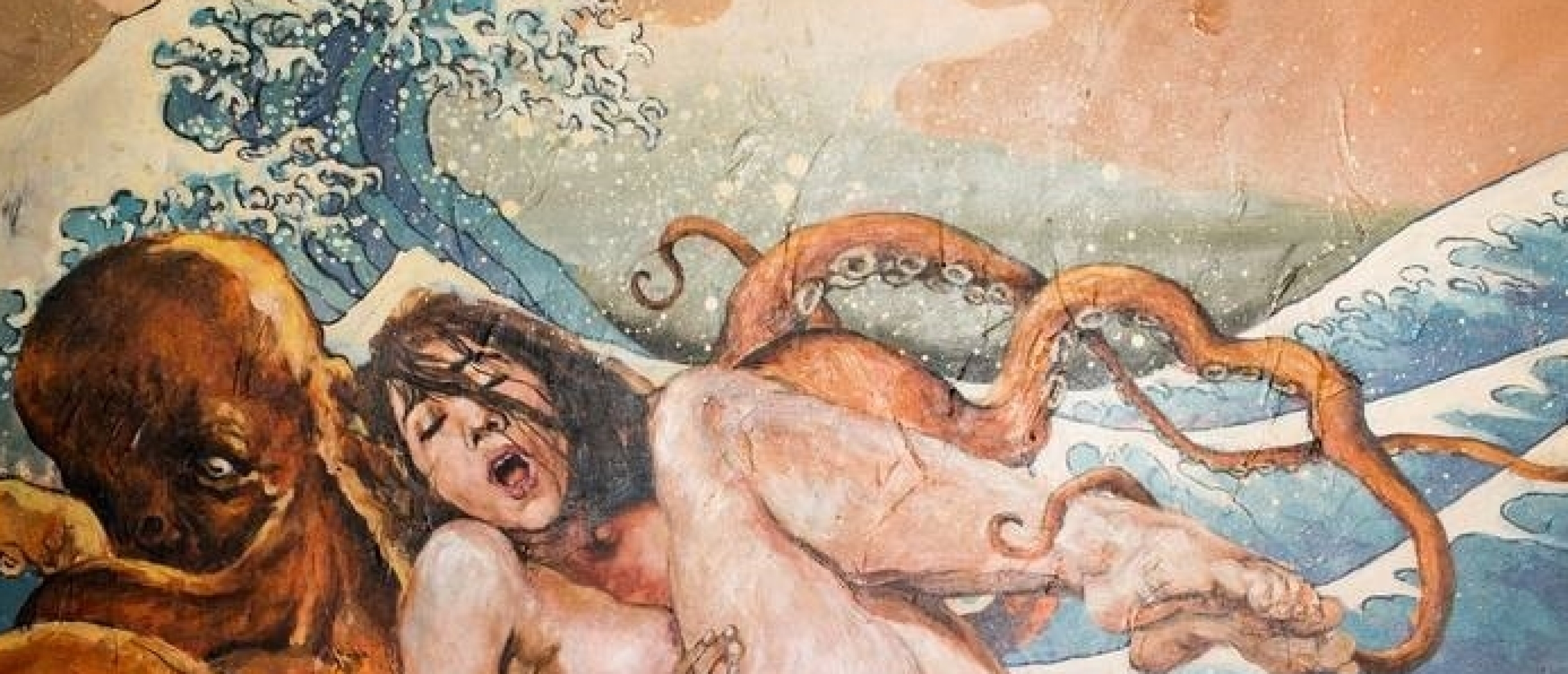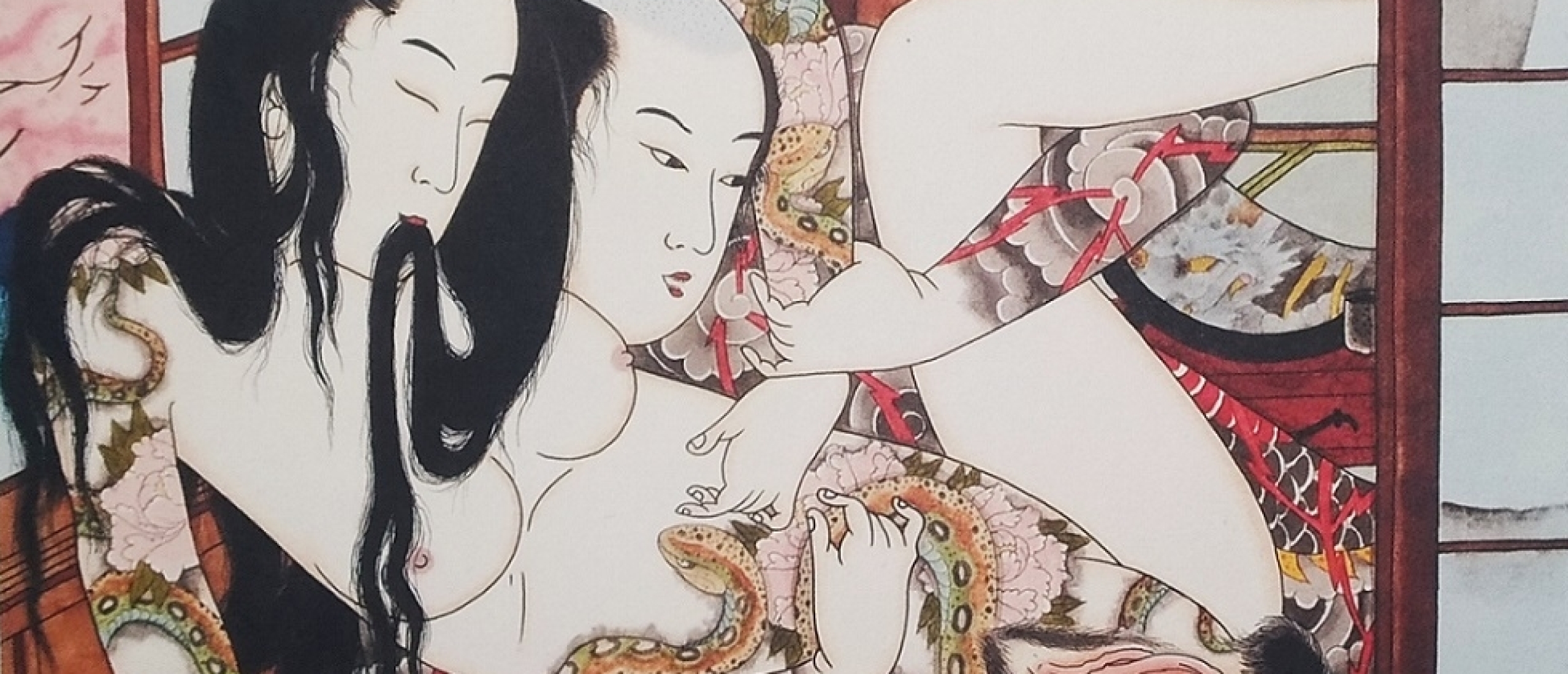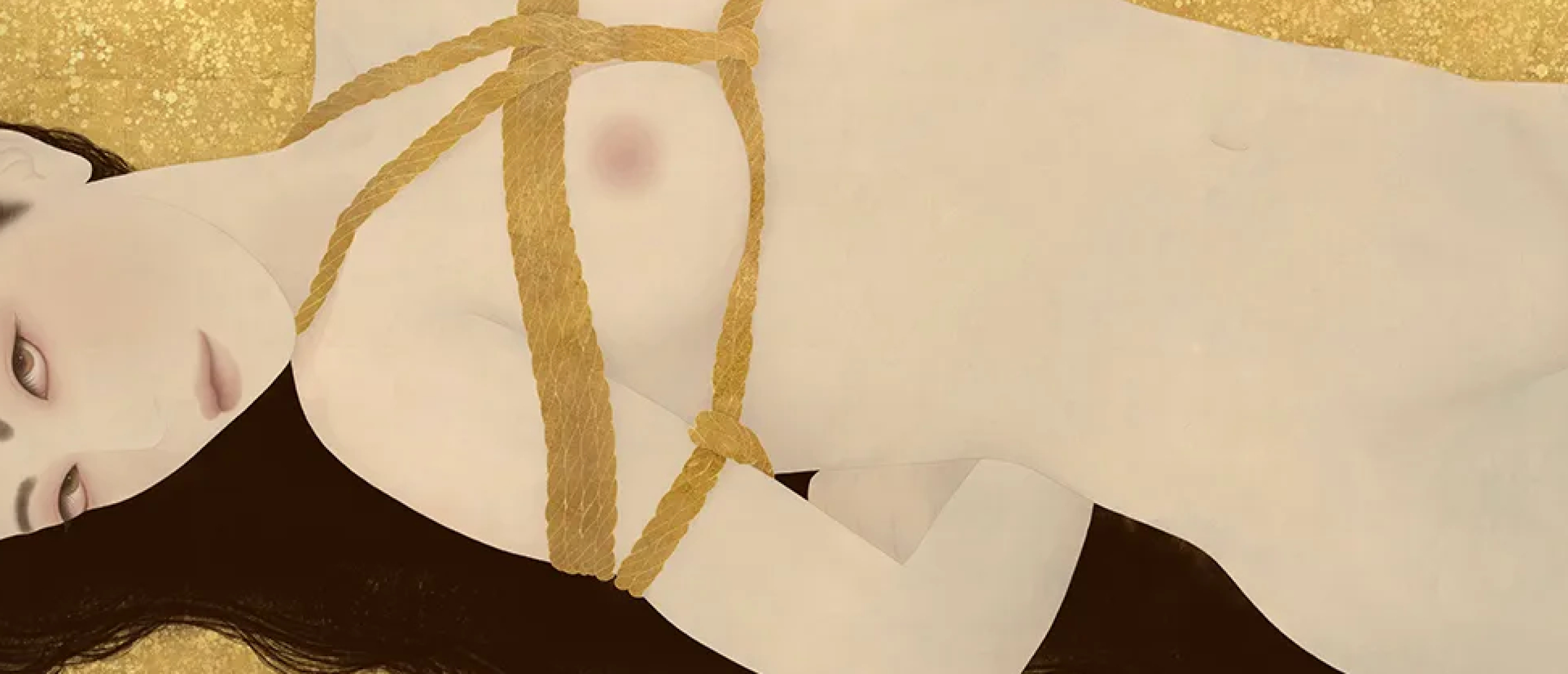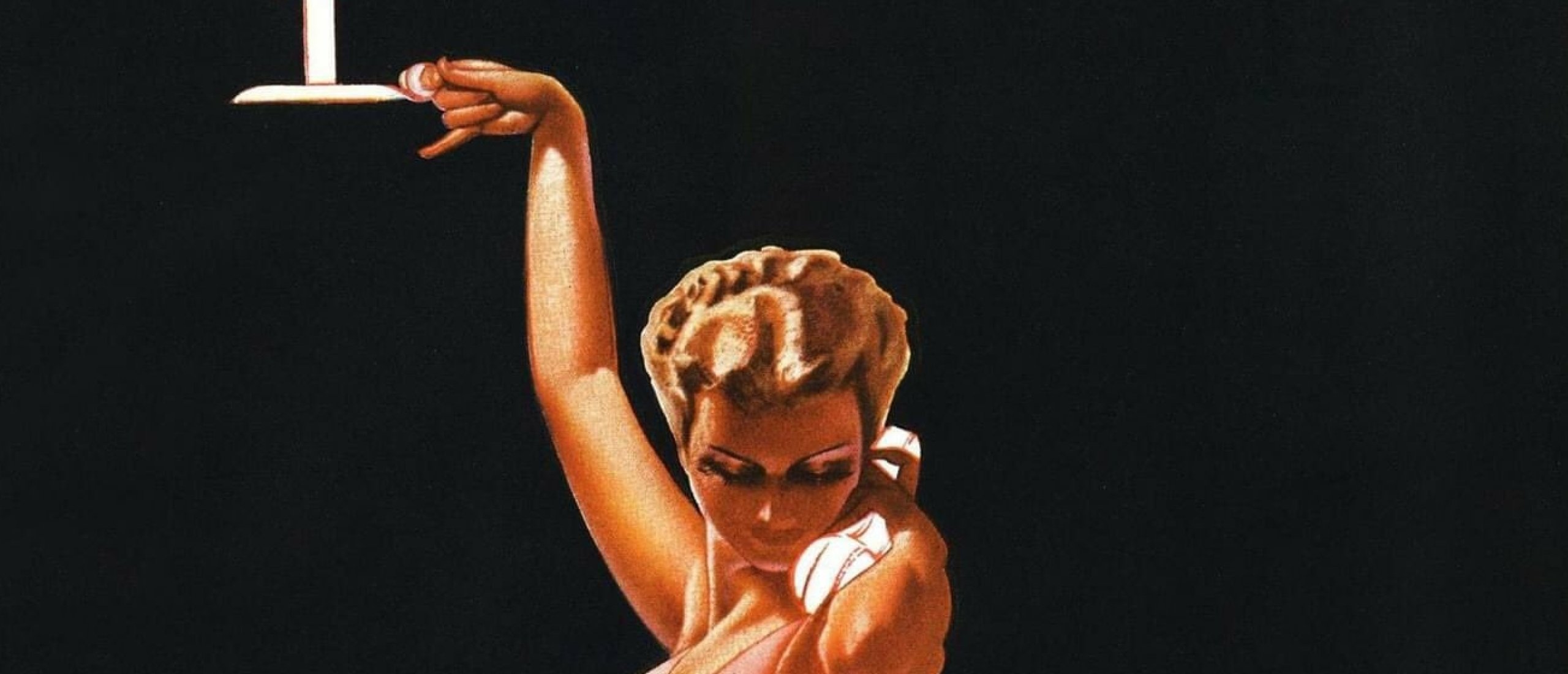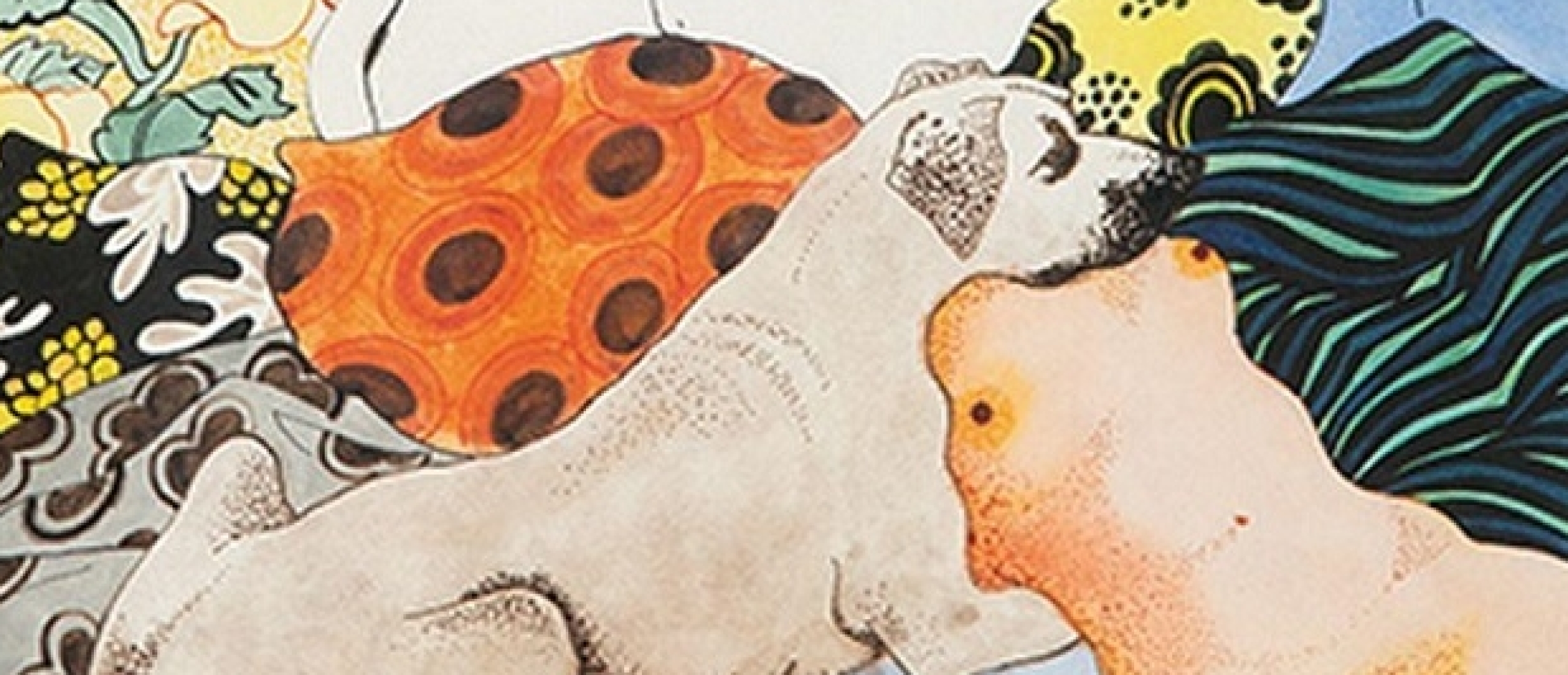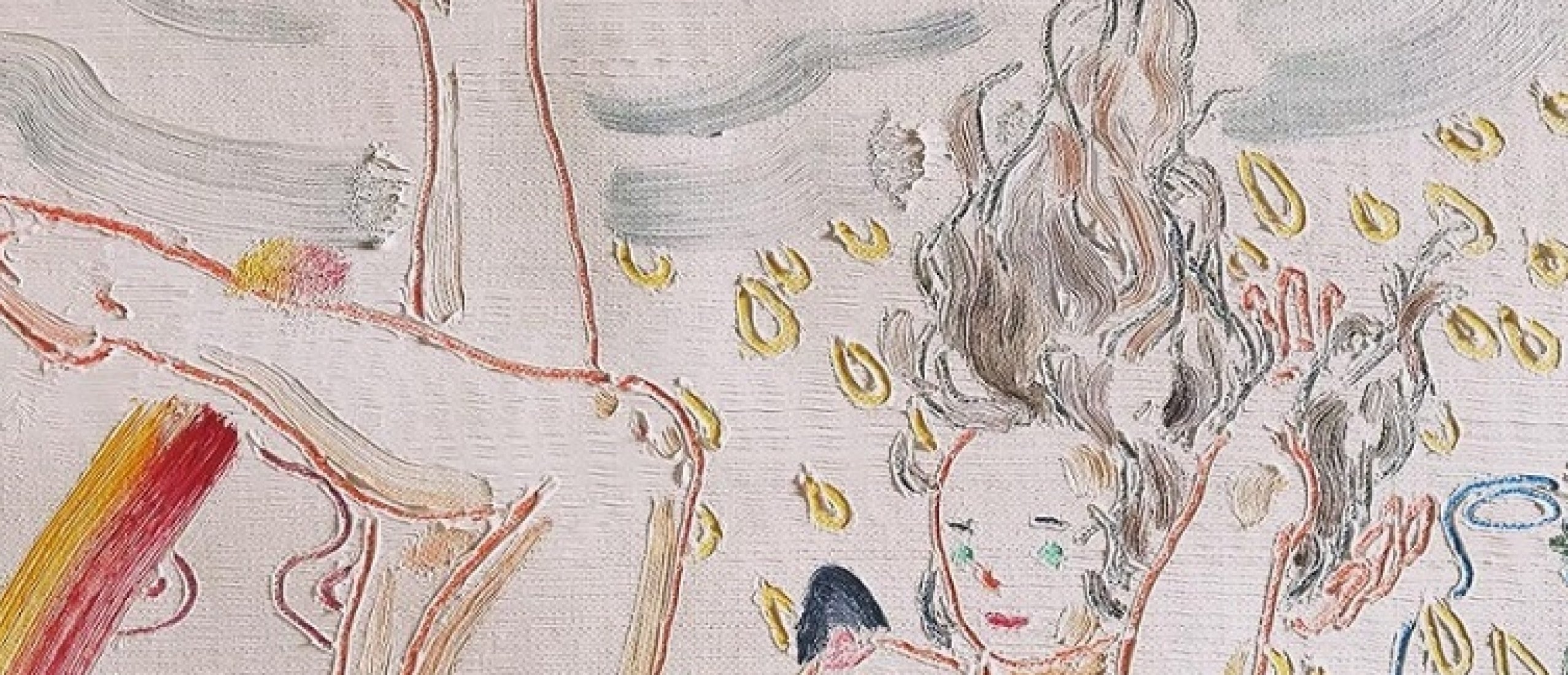
It seems that the two bitter wisdoms of Silenus, the teacher of wine god Dionysus ("the best thing for all men and women is not to be born and the second best, is, after being born, to die as quickly as possible"), need no explanation regardless of the historical moment. Meanwhile, the colorful works of the Japanese artist Kanaria (b. 1987) wear titles like Blessed for Being Born, and this approach is less easy to comprehend. Ironically, the wisdom of Silenus, the mentor of the god of ecstasy, is merely rational, while the view of Kanaria is rather ecstatic.
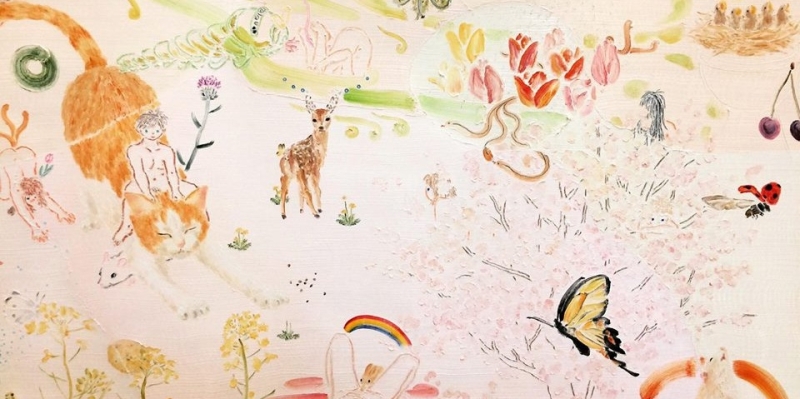
Fig. 1. kanariaroom.web.fc2.com
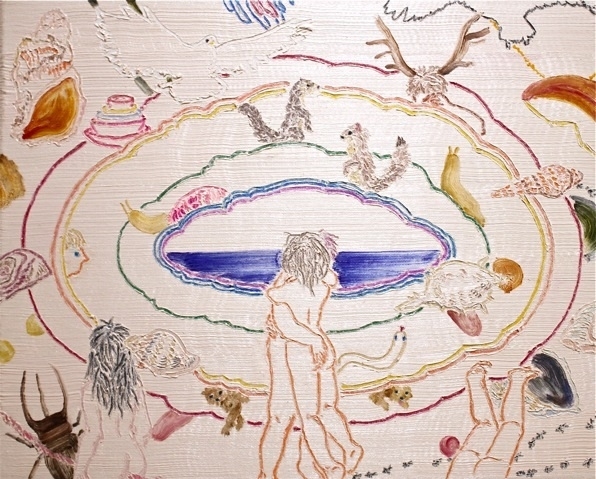
Fig. 2. The seventh sky (Instagram.com)

Fig. 3. Instagram.com

Fig. 4. Instagram.com
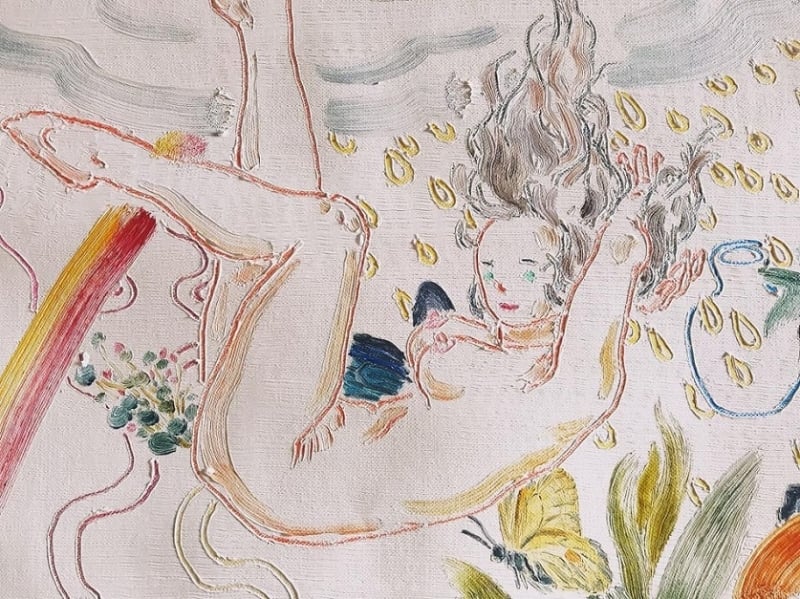
Fig. 5. Probably, a reference to Danae (Instagram.com)
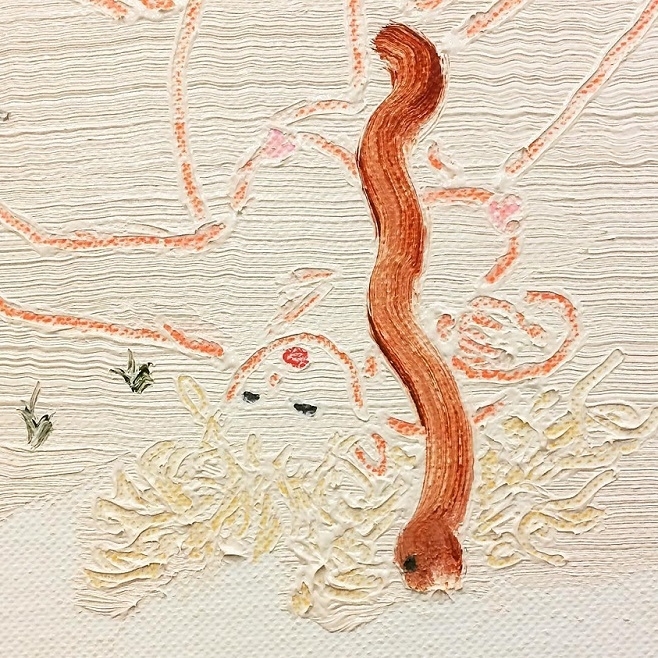
Fig. 6. Girl with a snake (Instagram.com)
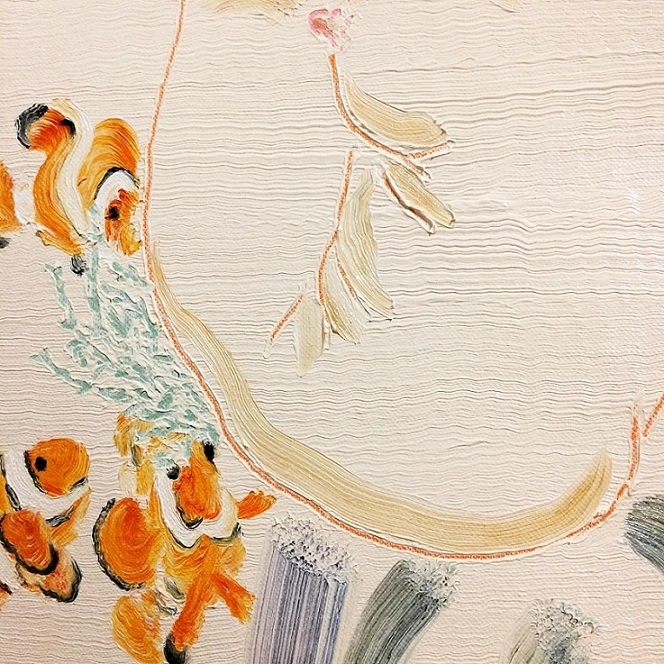
Fig. 7. Instagram.com
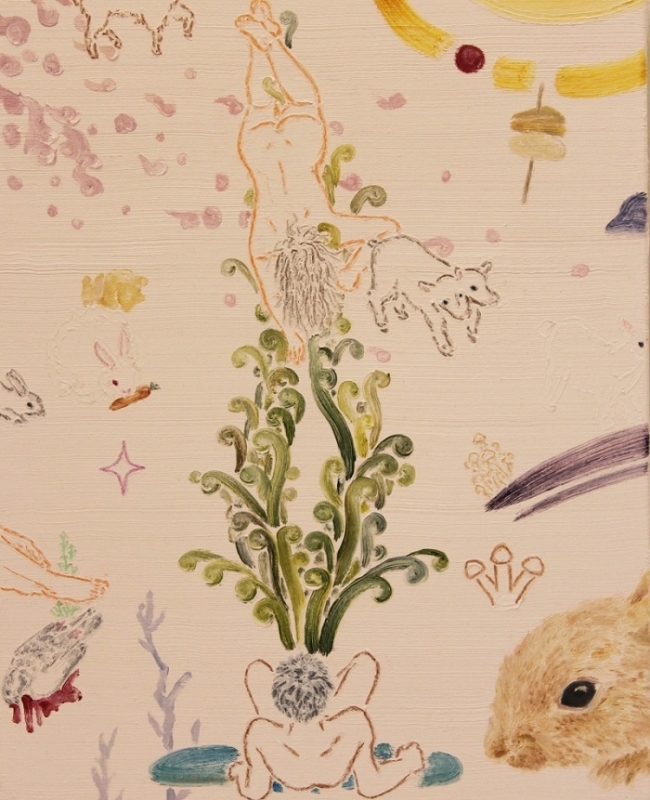
Fig. 8. Ivy (Instagram.com)
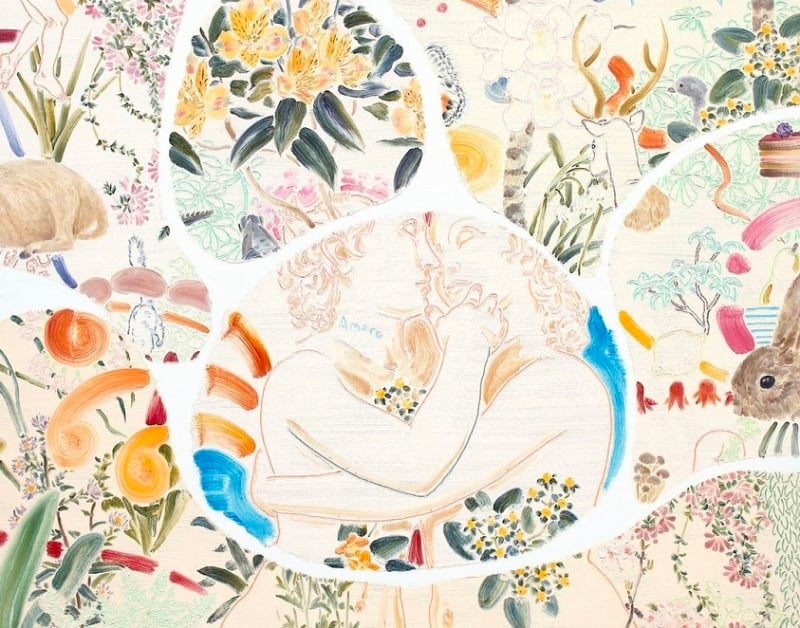
Fig. 9. Amore e Psiche (Instagram.com)
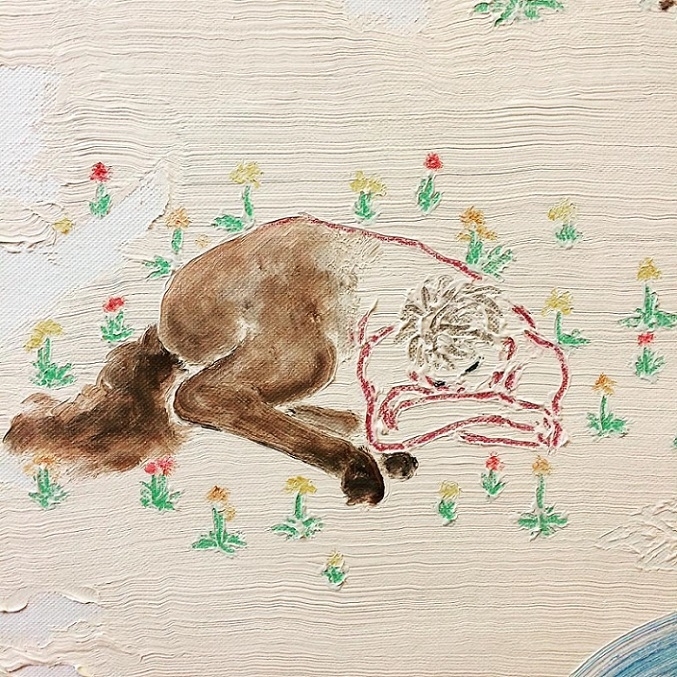
Fig. 10. Centaur (Instagram.com)
Mingle Without Hierarchy
Having studied oil painting at the Tama Art University, Tokyo, from 2007 to 2011, Kanaria works preferably with oil and pencil on canvas, however, in 2016, she also started engraving. After receiving a Bachelor's degree, the artist continued her education at Ecole nationale supérieure des Beaux-Arts de Paris several years later and encountered ceramic. Since 2010, Kanaria has been exhibiting in Japan and France. Besides, she's received Japanese and French Fine Art awards. In her artistic statement, Kanaria writes the following: "I create a world which connects all things: many stories and myths where flowers, animals, and humans interweave, through time and space. The sensuality of life spreads out, embracing even irony and humor. My paintings depict a "utopia" in which the world of men, the world of objects, and the natural world mingle without hierarchy. Despite the differences on the surface, I think all things are deeply connected, like plants whose roots touch each other" (kanariaroom.web.fc2.com).
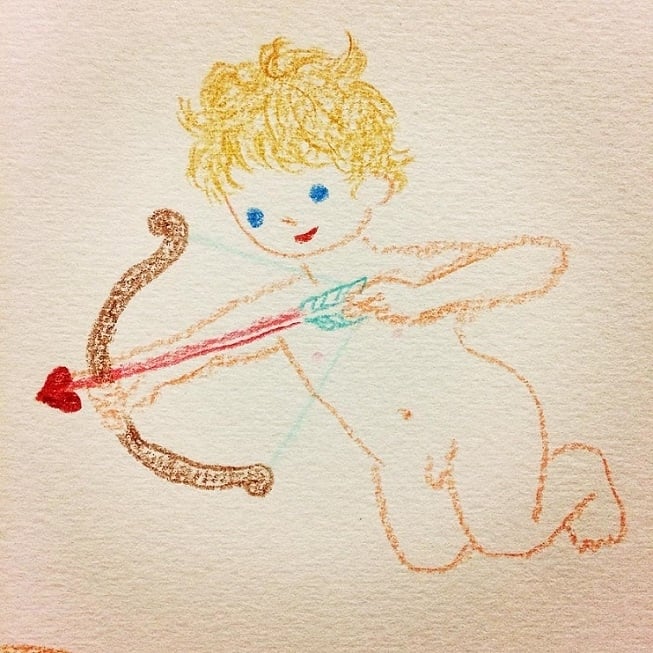
Fig. 11. Cupid (Instagram.com)
Before Yin and Yang
Thus, the childlike art of Kanaria is a natural blend of East and West, as it shows us the common past of humankind in the depths of the so-called collective memory where mythologic metamorphoses are indistinguishable from the reincarnation theory like Yin is indiscernible from Yang in the primary chaos. The tangibility of canvas and oil strokes create an impression of the wallpapers in a nursery room, and the apparent reference to human piss and excrements (fig. 12 and others), making Kanari a bit similar to Roland Topor, deepens the sense of infancy. Indeed, the colorful spots on the walls, transforming into rainbows, plants, and animals, are what dwells in the primary chaos of our consciousness while we rest in a safe cradle before the Yin and Yang even emerge.
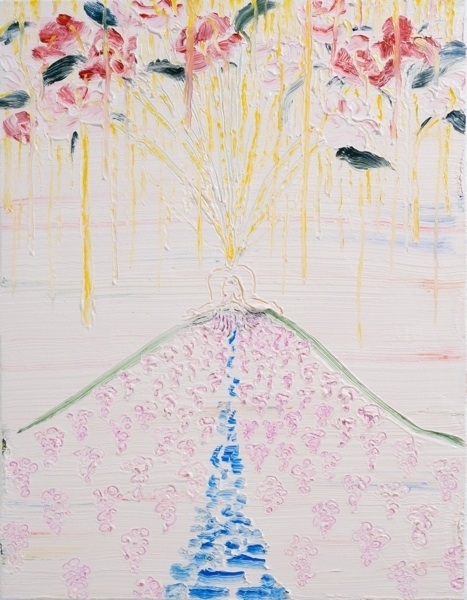
Fig. 12. Under roses (Instagram.com)
In the exclusive Premium edition of the article more on the connection of Kanaria's art to shunga, and Hieronymous Bosch, its motifs, macabre references, and 42 additional pics.
Click HERE for the subversive little girls' adventures depicted By Stu Mead
Sources: instagram.com/kanaria_artiste/; kanariaroom.web.fc2.com; kanaria.theshop.jp; wikipedia.org

